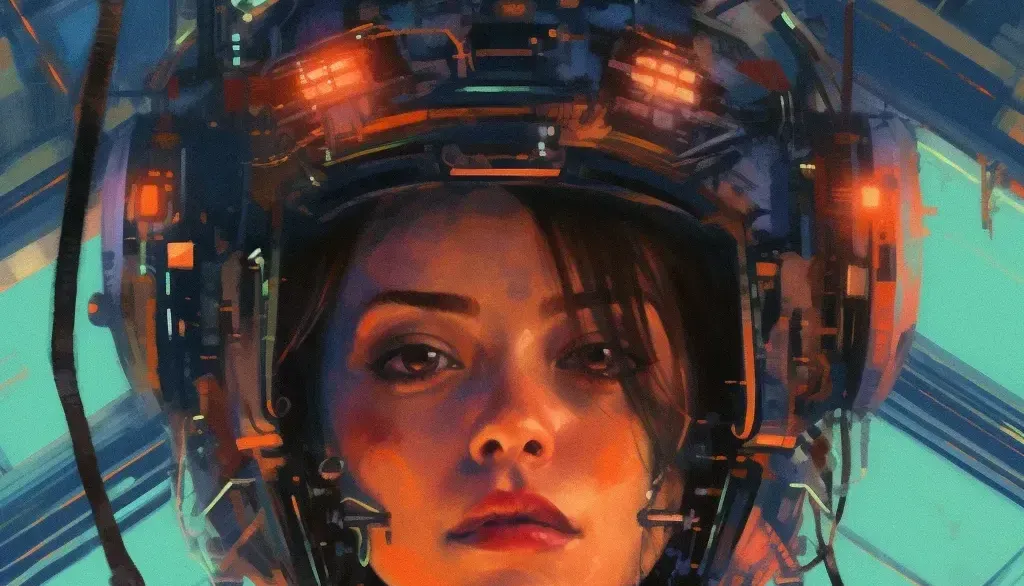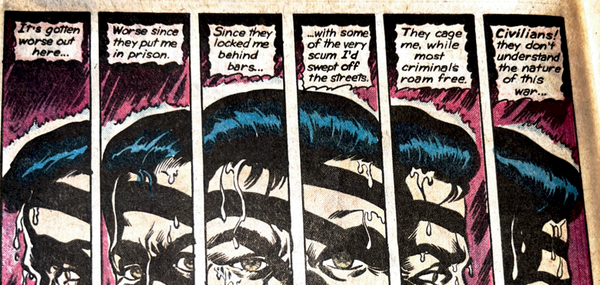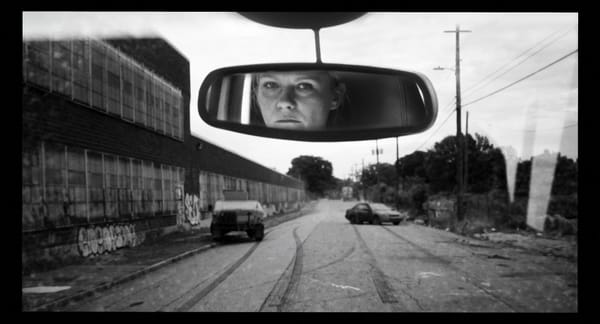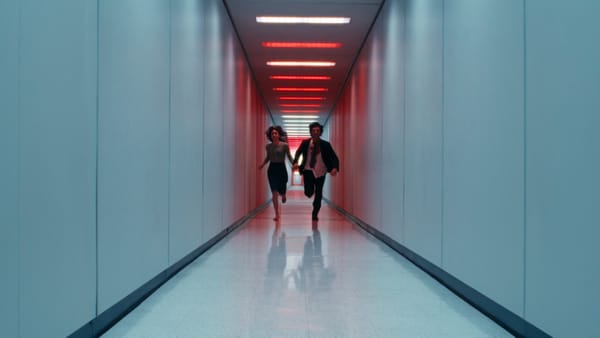Predicting the Future Is So Yesterday
How Do You Write for Now, When Now is Already Then?

A few days ago wrote an interesting retrospective review of Alvin Toffler’s 1970 best seller Future Shock. For anyone who isn’t familiar with the book, Future Shock describes the psycho-social disorientation and disturbance caused by the accelerating shift from industrial to “super-industrial” civilization—the toll that “too much change in too short a period of time” was taking on individuals and communities.
Gioia argues that
Things turned out the exact opposite of what Toffler anticipated. Instead of Future Shock, he should have written a book called Future Numbness or Future Couch Potato ... People today aren’t put into shock by all their tech devices. They are numbed and hypnotized.
I’m not sure this is fair to Toffler. Isn’t the need to numb yourself with technology a symptom of the very future shock that Toffler diagnoses? Gioia says:
Consumers have become very skilled at blocking out information—maybe too skilled. That’s what happens when your interactions with the real world are reduced to 10 or 20 second video snippets.
I would posit that the need to selectively block out information and “sip through a narrow straw” (in Gioia’s words) is a pretty predictable adaptation to the tsunami of shit that’s flooding the zone.
And I really can’t think of any better way to describe the surreal experience of using ChatGPT than “future shock.”
Toffler’s view of science fiction was that while “it is held in low regard as a branch of literature, and perhaps it deserves this critical contempt…”
...if we view it as a kind of sociology of the future ... science fiction has immense value as a mind-stretching force for the creation of the habit of anticipation..these writers...can lead young minds through an imaginative exploration of the jungle of political, social, psychological, and ethical issues that will confront these children as adults.
His damning-with-faint-praise assessment of its literary merits aside, Toffler wasn’t wrong about the prescience of the best science fiction of the 20th century. Obviously, no one predicted (or could predict) the future exactly, but consider Bradbury’s fictional obsession with the decline of literacy, virtual reality, and the numbing and alienating impacts of digital entertainment in the context of today’s social media; consider Asimov’s Three Laws of Robotics in the context of the sudden rise of OpenAI and the other large language models.
But is today’s best speculative fiction doing the same thing for this generation? Certainly, much of it is. But I think anachronism is a more pronounced trend.
Anachronisms are things that are out of place in terms of time or chronology—an object, person, event, phrase, or idea that exists in a time period where it doesn't belong. It used to be that too-obvious anachronisms in fiction were gauche, unless the story was written before people cared about such things (e.g. people playing billiards in Antony and Cleopatra.)
Today, though, anachronisms are everywhere.
You see it in the “Cassette Futurism” of psychological thrillers like Severance and Maniac (think 70-80s interior design, computer terminals, dot-matrix printers, and monochrome displays), or the “Atom Punk” style of Don’t Worry Darling.
You see it in popular historical dramas, with pop-music and multicultural representation in Regency-era Bridgerton, the snarky modern language of the “mostly true” The Great, and the hip-hop dancing in 19th century Dickinson.
You see it in the alternative histories of Watchmen and The Man in the High Castle.
And finally, you see it in all of the recent “multiverse” movies, in which characters are literally anachronisms and anatopisms traveling across realities. (Side note: We saw Spider-Man: Across the Spider-Verse and it’s as great as the critics say).
It can’t be a coincidence that this kind of fiction is popular now. But why?
As a fiction writer, I’ve noticed it’s getting harder and harder to figure out what time period to set my work in. Realistic fiction in a vaguely described “present” moment doesn’t work anymore because the present doesn’t last long enough. You can’t even finish writing a book set in “the present” before it’s out of date.
The unrelenting speed of technological, social, and cultural transformation effectively collapses our sense of past, present, and future into a sort of temporal singularity. This compression makes it almost impossible to anchor narratives in a specific and relatable temporal context, as the present folds so quickly into the past, and the future is always barreling down on you. My theory is that anachronism, retrofuturism, and related styles are a paradoxical attempt to find stability by merging timelines and weaving together different eras in an ever more unstable present.
I’ll have more to say about this in the coming weeks.
Speaking of anachronism, one of my daughter’s best friends is a huge fan of The Cure, so they’re going to see them perform in a few weeks at Madison Square Garden.
The last time I saw The Cure in concert was in 1989 at Fiddler’s Green with The Pixies and Love and Rockets…



